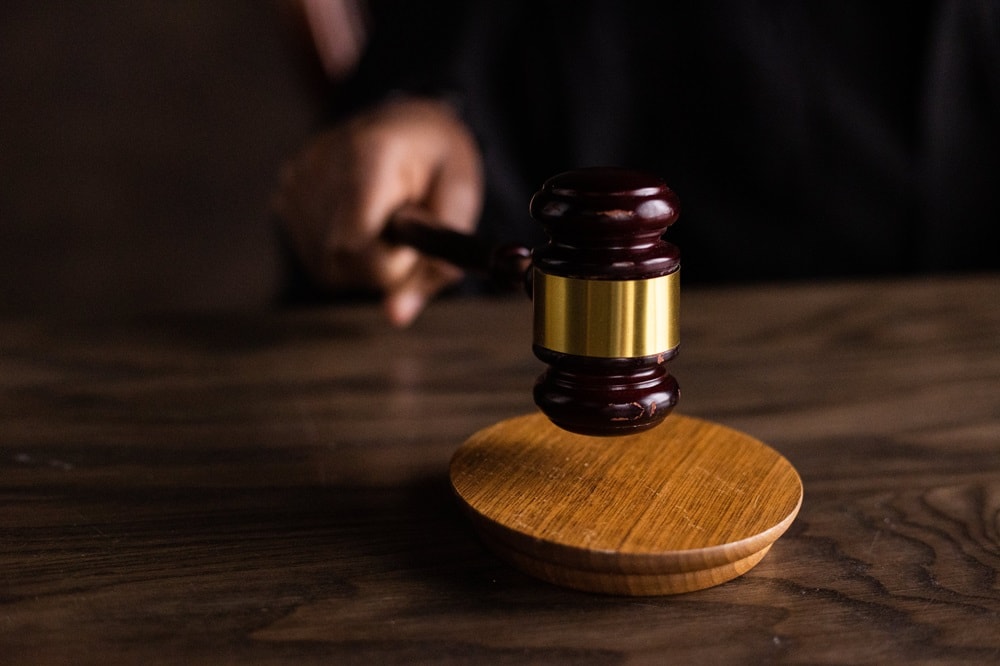Today, every child knows the emergency numbers 110/112. And we know that: If we dial the emergency number, we are sure to get help. But a reliable emergency call was not always a matter of course. In fact, the standardised, nationwide emergency number has only existed since 1973.





